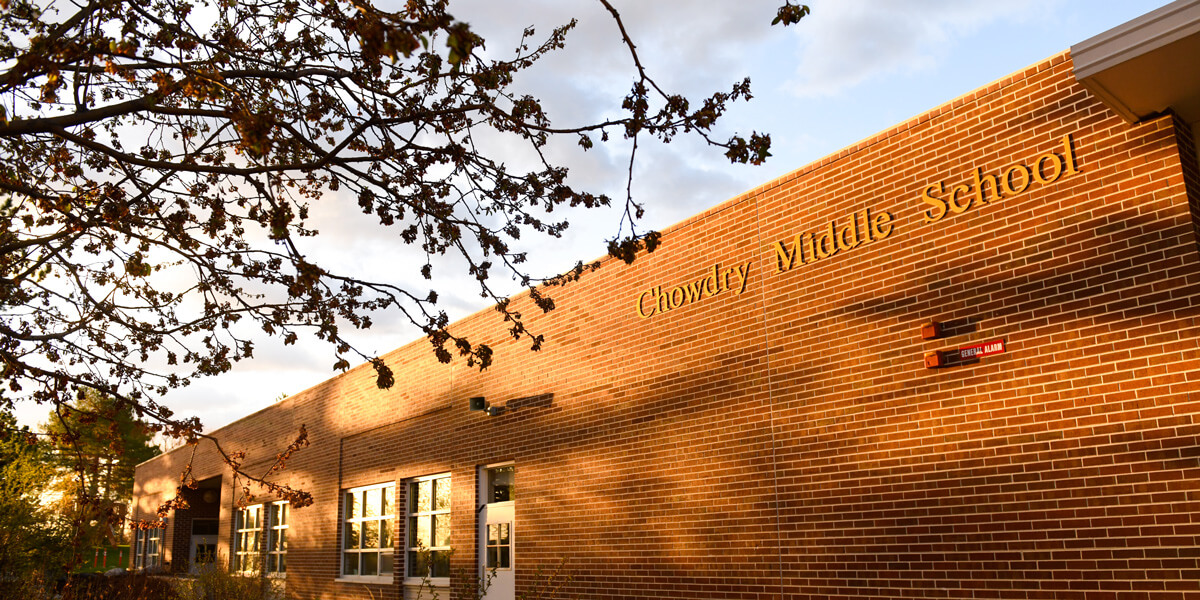Academic years are fast moving, tightly woven experiences for students. There is an arc, as well as a warp and weft, to each individual class, as well as intentional (and unintentional) connections students make between classes, skills, experiences, and curriculums. The cumulative effect of these experiences is student growth—an expanded toolbox of skills to solve problems (academic and social) and an increased understanding of nuance and the ability to apply new lenses to the world around them. Teachers use April and May to help students reflect on their learning and demonstrate their new understandings and skill sets in a variety of ways, through culminating experiences.
When I was a student, these last weeks of school were pretty much the same. We finished a unit and then prepared for an exam. The exam often brought to the fore my ability to memorize quite a bit of disjointed information covered during the year. In a few classes, there were essays that invited synthesis of content, but not very often. The worst examples of this sort of one-dimensional cumulative assessment could be graded using a “scantron.” Yuck!
Authentic assessments
At Colorado Academy, Middle School students will see a bit of traditional assessment, but they will also be asked to synthesize information, explore areas of personal interest, reflect on what they have learned, and demonstrate in a variety of ways the skills that each has learned. Perhaps one of the best examples of this sort of demonstration of learning takes place in Eighth Grade during the last four days of school, when students complete their Capstone Project. During Capstone, students select from five or six different real-world challenges. While each challenge is unique, they all have certain qualities in common. Each Capstone:
- involves solving a real-world problem;
- is collaborative;
- includes learning new concepts from outside experts; and
- culminates in a demonstration of learning.
In this sense, every Capstone is an opportunity for our students to display their ability to learn new content, solve problems, work cooperatively, create and communicate powerfully and effectively—all core goals of our program.
Three examples of Capstone Projects that our students may choose from this year include:
Challenge 1: After learning about our judicial system, students work with lawyers to prepare arguments, cross examinations, and witness testimonies as they conduct a mock trial.
Challenge 2: Redesign an aspect of the CA campus to adapt to the changing needs of the community. Students work in teams with professional architects and deliver final proposals to the Director of Operations.
Challenge 3: Design and build a long-term habitat on Mars that will keep humans alive, healthy, and happy. Students work with Dylan Taylor, founder of Voyager Space Holdings.
Ultimately, our hope is that over time, and with the right feedback and practice, our students will become thoughtful, self-reflective learners and collaborators, able on short notice to learn unfamiliar content, actively solve problems, and create new solutions. April and May are important because they afford our students this opportunity to take small, but meaningful, steps in this direction.
